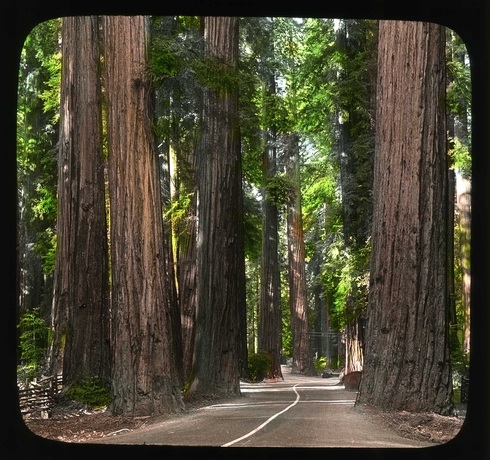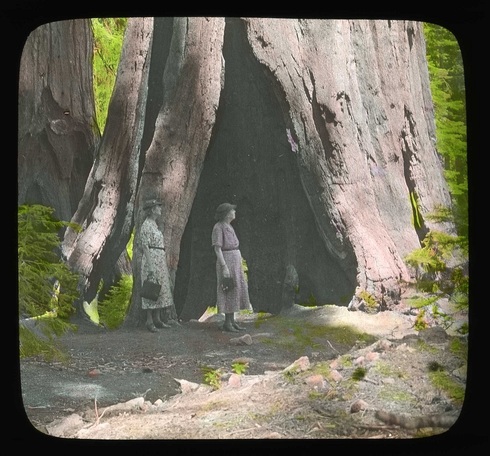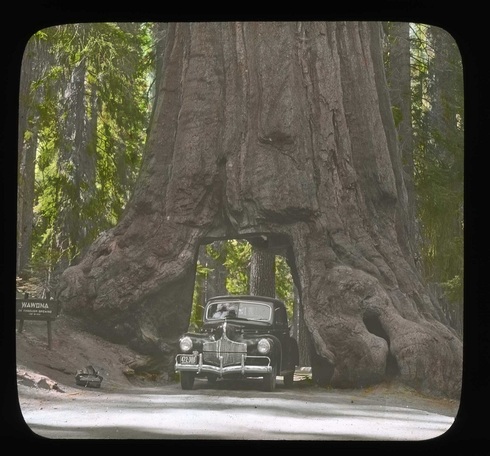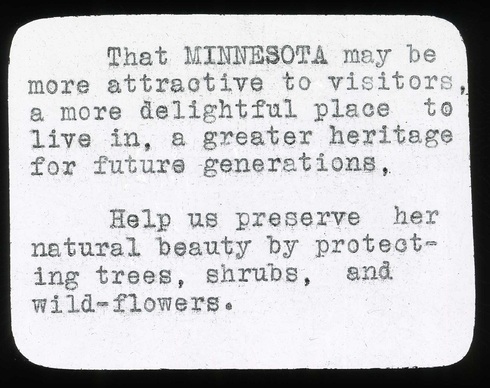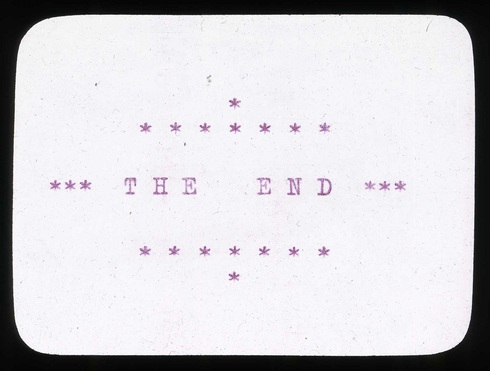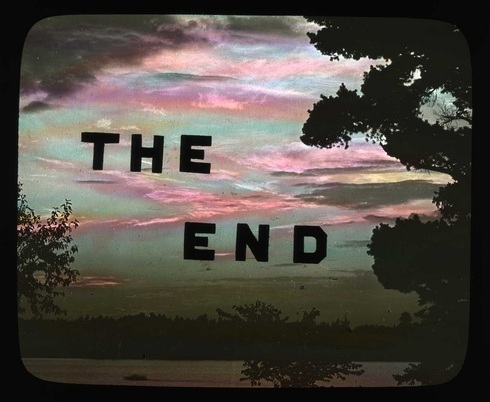The month of May was a blur. The final metadata spreadsheets were submitted, lingering corrections were made, digitized collections started to appear on the UMedia Archive, fifty-five drawers that contained over 6,900 glass plate and film negatives were re-housed in protective four-flap envelopes and were re-boxed and stored in the film vault deep in the caverns in Andersen Library. And then it was June.
Since the moment the first botanical print from the Department of Botany collection hit the flatbed scanners in April of 2013, ten different student workers spent over 2,400 hours scanning over 200,000 unique archival materials contained within the natural history collections preserved by the University Archives.
Our project title turned out to be an apt description of our work over the past 13 months – my, did we go exploring! Photographer C.J. Hibbard’s botanical prints in the Department of Botany collection took us to the first fall of the Temperance River in northern Minnesota. Upon viewing the glass plate negatives in the Bell Museum records created by Thomas Sadler Roberts, we traveled to places forgotten and familiar, from the historical post office of Ware to Itasca State Park. The lantern slides produced by botany professor Ned L. Huff took us all over the state and far beyond its boundaries, all the way to the coast of Vancouver Island to the beach where the Minnesota Seaside Station once resided.
The materials are now in the hands of University Libraries’ digital collections staff, who will oversee the gradual upload of these assets into UMedia in the coming weeks. Then the public will have the opportunity to explore.
On a personal note, the author of this blog is sad to close this very significant chapter in the life cycle of these materials. However, our explorations over the course of this past year will lead to new chapters that have yet to be written about Minnesota’s natural history.
Where does the author go from here? Well, on Saturday, she gets married. Then, inspired by the adventurous and spectacular Ned L. Huff, she will travel with her new husband to explore northern California’s Redwood forests (Sequoiadendron giganteum), just as Huff did so many decades ago.
When the author returns to Minnesota she plans to spend her weekends visiting many of the fabulous locales of our state introduced to her by this project. Weekdays will be spent on a new processing and digitization project for University Archives.
Last week, when updating the finding aid for the Department of Botany collection, it was with great pleasure that we added Ned L. Huff to the list of persons represented in the collection and a subseries with a full description of his collection of lantern slides (the previous version had no mention of him). Upon coming across his necrology in the minutes of the University Senate, which concluded with the statement, “While he lived a quiet life, unmarked by any spectacular happenings, his devotion to his chosen work has left its mark on his many students. His thoughtful and cheerful personality and devotion to his family and to his many friends are still fondly remembered.” The phrase in reference to his life as “unmarked by any spectacular happenings” has bothered me ever since, considering what we now know about Ned.
Not only did he teach general botany to hundreds of University of Minnesota students and the general public through the Extension Division over the course of his 39 year career, he also created 3,400 lantern slides that document over 300 unique locations, hundreds of botanical species, and some of the earliest known photographs of the Pacheedaht First Nation, who are now using the digital images from Ned’s slides to preserve their heritage. As Ned’s slides are viewed by others, new discoveries will come to light, and new meanings will be derived from the images. I can’t wait to learn what else Ned has preserved for us.
To make up for the time Ned’s contribution to the history of botany at the University of Minnesota remained hidden, it is only fitting that Huff be given the final words on the project that uncovered him and his spectacular work:
